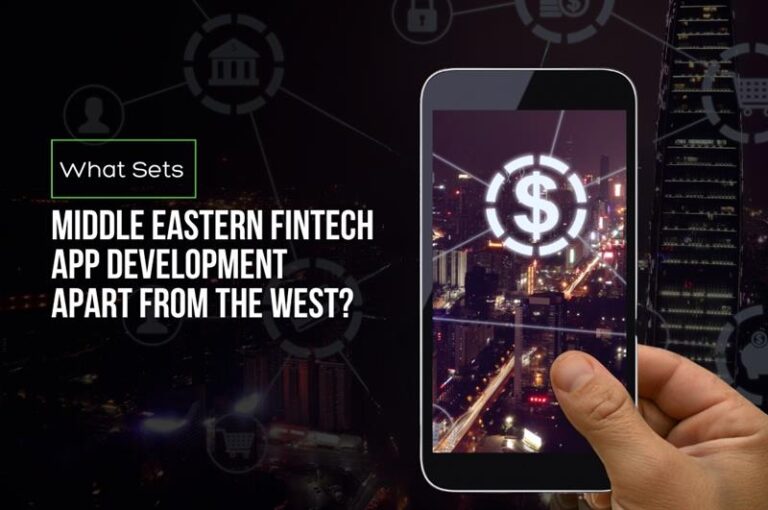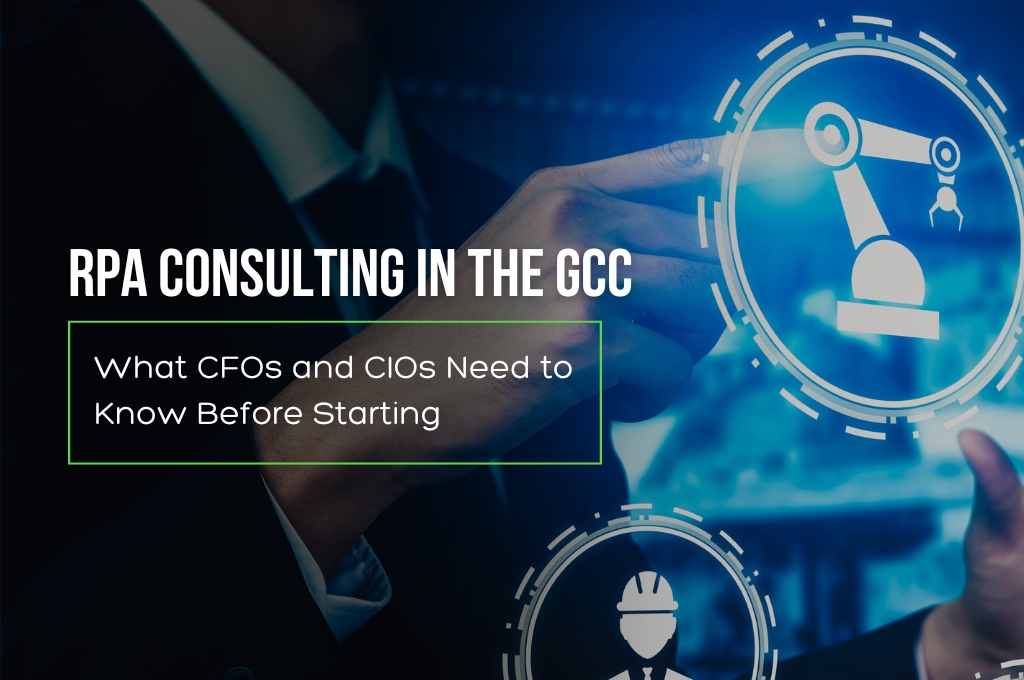In the global race for fintech innovation, the Middle East is emerging as a high-potential hotspot. Countries like the UAE and Saudi Arabia are not just adopting digital financial services, they’re actively shaping the future of how finance works. With strategic government backing, a mobile-first population, and a hunger for seamless user experiences, the region offers a fertile ground for ambitious fintech ventures.
At Predikly, we’ve closely observed this transformation and understand what it takes to succeed here, from regulatory compliance to embedding machine learning as a service into next-gen solutions. If you’re exploring fintech app development services tailored for the Middle Eastern market, this blog is your blueprint to what truly sets it apart from the West.
Section 2 : The Rise of Fintech in the Middle East
The Middle East’s fintech landscape is experiencing significant growth, with the sector attracting $700 million in funding in 2024, accounting for 30% of total startup investments in the region. Countries like the UAE and Saudi Arabia are at the forefront, bolstered by strategic initiatives such as Saudi Vision 2030 and the DIFC FinTech Hive in Dubai.
Government-backed programs like the SAMA Regulatory Sandbox and ADGM’s Digital Lab are fostering innovation by providing fintech startups with supportive environments to develop and test new solutions. This proactive approach contrasts with the more stringent regulatory frameworks often found in Western markets.
The region’s youthful, tech-savvy population is driving demand for digital financial services, creating opportunities for companies offering fintech app development services. Moreover, the adoption of machine learning as a service is enhancing capabilities in areas such as fraud detection and personalized financial offerings.
With a combination of supportive regulation, a growing market, and technological advancement, the Middle East presents a compelling case for fintech innovation and investment
Section 3 : Real-World Fintech Innovations in the Middle East
The Middle East has become a fertile launchpad for fintech innovation, with several homegrown apps redefining how financial services are accessed and delivered.
Stc Pay (Saudi Arabia) is a standout mobile wallet that has scaled rapidly with over 8 million users, offering seamless digital payments and international transfers. Tabby (UAE), a buy-now-pay-later platform, is revolutionizing consumer finance by offering flexible payments without interest – it recently raised $700M in debt financing.
In Egypt, Fawry has become a staple for bill payments and mobile banking, serving over 35 million users. Meanwhile, Bahrain-based Rain is pioneering regulated crypto trading in the region, creating safe access to digital assets.
These apps reflect a mix of consumer-first design, cultural adaptation, and regulatory alignment. For developers offering fintech app development services, these cases offer a clear benchmark -build smart, build localized, and build compliant.
Section 4 : Culture Meets Code: Key Cultural Factors in Middle Eastern Fintech
When developing fintech apps for the Middle East, cultural alignment isn’t a bonus — it’s a business necessity. Here are the key differentiators:
Sharia-Compliant Finance
Apps often need to align with Islamic finance principles — avoiding interest (riba), enabling profit-sharing models, and supporting zakat calculations.
Bilingual Interfaces
Users expect seamless language switching between Arabic and English. This also includes right-to-left (RTL) layout support.
Design Sensitivity
Visual aesthetics should reflect regional preferences: clean, respectful, and trust-driven UI wins over flashy Western minimalism.
Digital Trust & Simplicity
In a region transitioning from cash to digital, users value intuitive onboarding, quick transaction flows, and visible security cues.
Community-Oriented Features
Users prefer options that cater to family payments, remittances, and donation tools (e.g., for zakat or charity).
For fintech app development services to truly deliver value here, these cultural codes must be built into the architecture.
Section 5 : Five Factors That Set Middle Eastern Fintech Development Apart from the West
Building fintech apps for the Middle East involves unique challenges and opportunities that differ significantly from Western markets. Here are five defining factors:
Regulatory Innovation
Countries like the UAE and Saudi Arabia have launched fintech sandboxes and digital labs, offering startups the ability to test ideas in a safe, government-backed environment – far more agile than Western regulatory systems.
Demand for Sharia-Compliant Solutions
Unlike in the West, fintech apps here often need to integrate Islamic financial principles, enabling ethical investing, non-interest lending, and transparent donation tools.
Remittance-Centric Use Cases
With large expatriate populations, there’s a strong demand for fintech features that support cross-border transfers and low-fee remittance systems – a pain point less prominent in Western markets.
Localized UX Expectations
Design must accommodate Arabic language support, RTL layout, and regional UI preferences – aspects Western frameworks aren’t typically built to handle.
Higher Government Involvement in Tech Infrastructure
Governments in the Middle East often act as both regulators and enablers, offering grants, digital identities, and fintech accelerators that foster rapid app deployment.
Understanding these nuances is critical for any fintech app development services provider aiming to succeed in the region.
Section 6 : How Predikly Helps Fintechs Win in the Middle East
At Predikly, we don’t just build apps – we architect region-ready fintech solutions with strategy, compliance, and scalability in mind.
Here’s how we stand out:
Culturally Aware Product Strategy
We build fintech experiences aligned with local customs, Sharia finance, and multilingual accessibility – because understanding your user is half the product.
Compliance-First Architecture
From sandbox integrations with SAMA or ADGM to KYC/AML modules tailored for regional standards, our solutions are designed to pass regulatory checks from day one.
Machine Learning as a Service (MLaaS)
We leverage predictive modeling to power credit scoring, fraud detection, and personalized user journeys – helping fintechs compete with agility and intelligence.
Custom-Built Fintech App Development Services
Whether you’re launching a neobank, a payment gateway, or a lending app, we offer full-stack development with cloud-native scalability and high security baked in.
With experience working with clients across the US, UK, and the Middle East, we bridge global quality with local insight.
If you’re looking to launch a fintech app in the Middle East? Let Predikly build it – secure, scalable, and culturally aligned.




